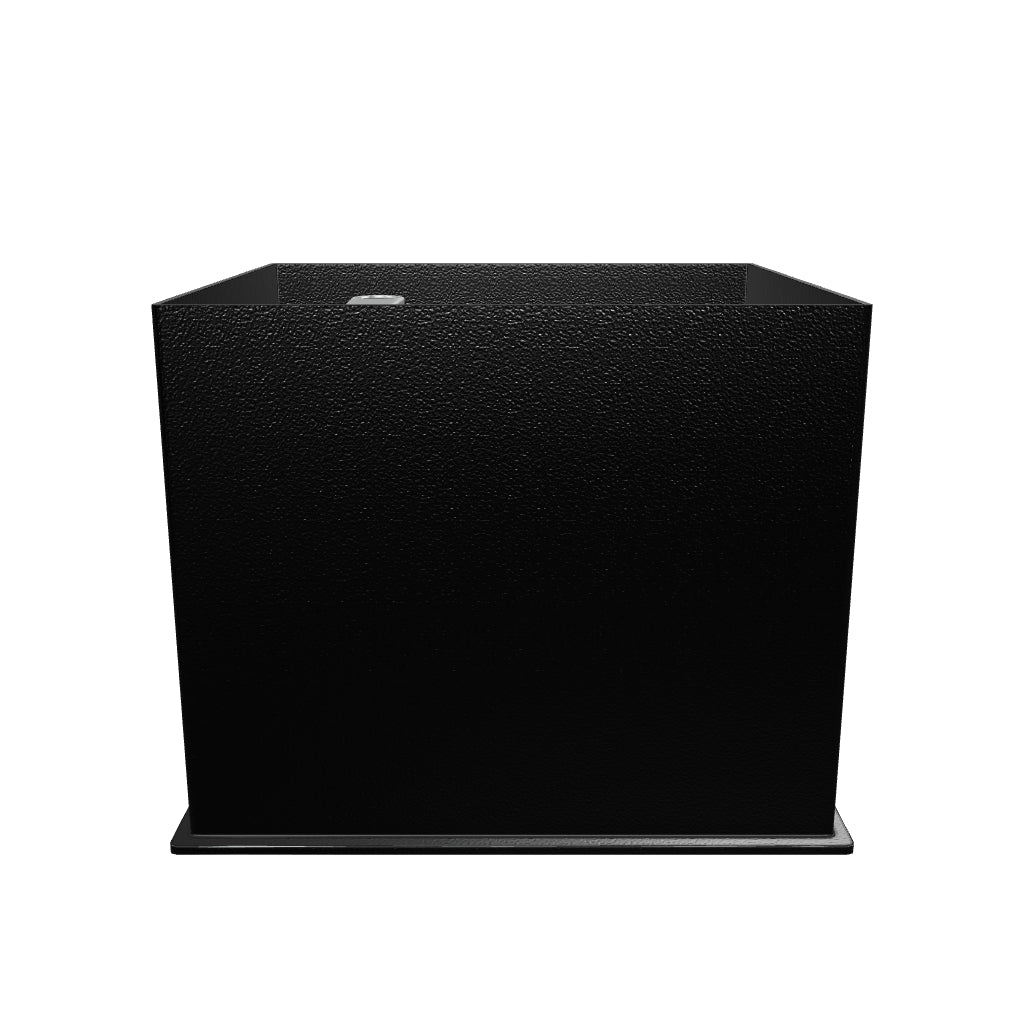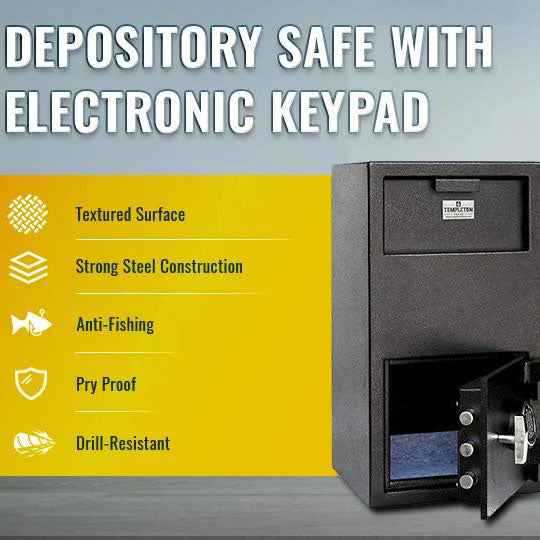Biometric vs. Combination Locks: Which Safe Locking Mechanism Is Right for You?
Security safes play a crucial role in protecting our valuable possessions, important documents, and even firearms. When it comes to selecting the right locking mechanism for your safe, you have several options to consider, including biometric, digital, and combination locks. Each of these locking mechanisms has its own set of advantages and disadvantages, and the choice ultimately depends on your specific needs and preferences. In this guide, we will compare these different locking mechanisms to help you make an informed decision.
I. Biometric Locks:
Biometric locks are a relatively modern addition to the world of safe locking mechanisms. They use biometric data such as fingerprints, retinal scans, or facial recognition to grant access. Here are the key factors to consider when evaluating biometric locks:
-
Security:
- Biometric locks offer a high level of security since they rely on unique biological characteristics.
- They are extremely difficult to bypass, as an intruder would need your specific biometric data to gain access.
-
Convenience:
- Biometric locks are convenient and fast to use. You can access your safe with just a touch or a glance, eliminating the need for keys or memorizing combinations.
- Multiple users can be granted access, each with their own biometric data stored in the system.
-
Potential Drawbacks:
- Biometric locks may have a higher upfront cost compared to other options.
- They require a power source (usually batteries), which means you must replace them periodically.
- There is a slight possibility of false positives or negatives in biometric recognition.
II. Digital Locks:
Digital locks are commonly found in security safes and are known for their simplicity and reliability. They use electronic keypads to enter a PIN code for access. Here's what you should know about digital locks:
-
Security:
- Digital locks provide a good level of security, especially if you choose a complex PIN code.
- They are less susceptible to tampering compared to mechanical locks.
-
Convenience:
- They are easy to use and require no physical keys.
- Some models offer advanced features such as time-delayed access or multiple user PIN codes.
-
Potential Drawbacks:
- Forgetting your PIN code can result in lockouts, requiring a locksmith to reset the lock.
- In the event of a power outage or battery failure, you may lose access until the issue is resolved.
III. Combination Locks:
Combination locks are the traditional choice for security safes and are well-known for their mechanical simplicity. They involve turning a dial to align a series of numbers or letters in a specific sequence. Here's what you should consider when thinking about combination locks:
-
Security:
- Combination locks are highly secure when used correctly, as they have no electronic components that can be hacked.
- They are resistant to power outages and do not require batteries.
-
Convenience:
- Learning the combination and dialing it correctly can be a bit more challenging and time-consuming compared to biometric or digital methods.
- You can share access by sharing the combination with trusted individuals.
-
Potential Drawbacks:
- In the event you forget the combination, gaining access to your safe can be difficult without professional help.
- Combination locks can be susceptible to brute force attacks if the combination is easily guessed.
Choosing the Right Locking Mechanism:
Now that we have explored the characteristics of biometric, digital, and combination locks, let's discuss how to choose the right locking mechanism for your needs:
-
Security Needs:
- If you prioritize the highest level of security and convenience, biometric locks are an excellent choice.
- Digital locks offer a good balance between security and ease of use.
- Combination locks are a strong choice if you value mechanical reliability and don't mind the learning curve.
-
Budget:
- Consider your budget when making a decision. Biometric locks are typically the most expensive, while digital and combination locks are more budget-friendly.
-
User Experience:
- Think about who will be using the safe. Biometric locks are ideal for quick access and multiple users. Combination locks require more skill in dialing the correct code.
-
Maintenance:
- Consider the maintenance requirements. Digital locks require periodic battery replacement, while combination locks and some biometric locks are battery-free.
-
Backup Access:
- Think about how you can regain access in case you forget your PIN code or biometric data fails. Digital locks often have backup keys, while combination locks may require professional assistance.
The choice between biometric, digital, or combination locks for your security safe depends on your individual needs, preferences, and budget. Each locking mechanism has its unique advantages and drawbacks. Biometric locks offer cutting-edge security and convenience but come at a higher cost. Digital locks provide a good balance of security and ease of use, while combination locks offer mechanical reliability and lower cost. Carefully evaluate your priorities and circumstances to select the locking mechanism that suits you best, ensuring the safety of your valuable assets for years to come.






























